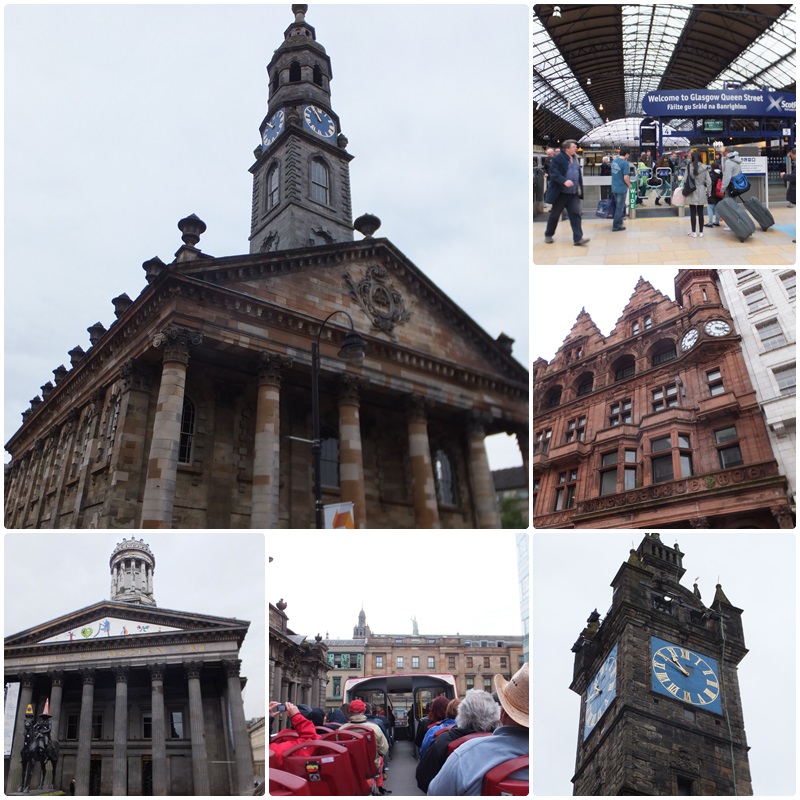A mishap with my camera forced me to cut my visit at Glasgow’s Riverside Museum short. A travel writer and photographer is obviously no good with a broken camera. So when I asked for help a friendly employee at the Riverside Museum in Glasgow gave me some advice on how to get downtown from the museum so I would be able to go to a store and try to get my camera repaired or buy a new one if necessary. This gave me a chance to try out Glasgow’s subway system which runs around the city centre in a big double circle. I exited at Buchanan Street, found a camera repair shop that told me it would take two weeks get my camera fixed. That was obviously not an option, so I ended up buying a new one in a store right next to the Glasgow Royal Concert Hall. While my extra batteries were being charged and with my new camera and one charged battery in tow, I took the double-decker sightseeing bus to Glasgow Cathedral, a Gothic cathedral that is located in the location of an earlier church that was consecrated in 397 AD. Next to Glasgow Cathedral is the Necropolis, a Victorian cemetery that was opened in 1832. More than 50,000 people have been buried here, and many of them reside in graves that are adorned with impressive monuments and sculptures.
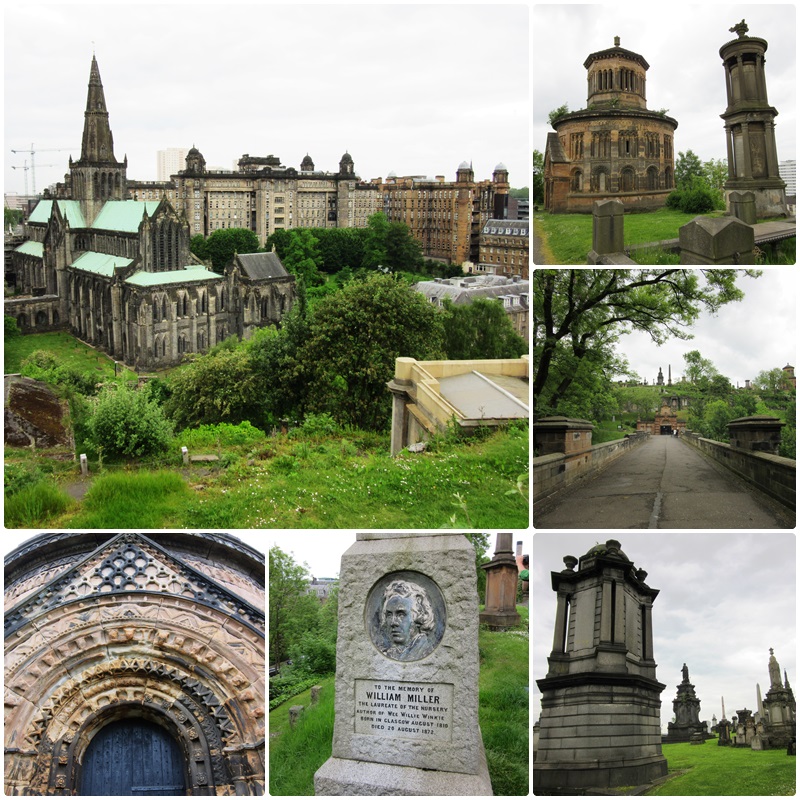
With the hop-on/hop-off ticket that I had, I continued after this visit on the double-decker sightseeing bus and exited at the People’s Palace and Winter Gardens, a museum and historic Victorian-era greenhouse that is located in Glasgow Green, a park in the east end of the city. Opened in 1898, this building was created to be a cultural centre in one of Glasgow’s most overcrowded areas. During the inauguration, Lord Rosebery declared in front of a crowd of 3500 people that this building would be “open to the people for ever and ever”. Outside the People’s Palace, the Doulton Fountain is the largest fountain ever constructed in ceramic.
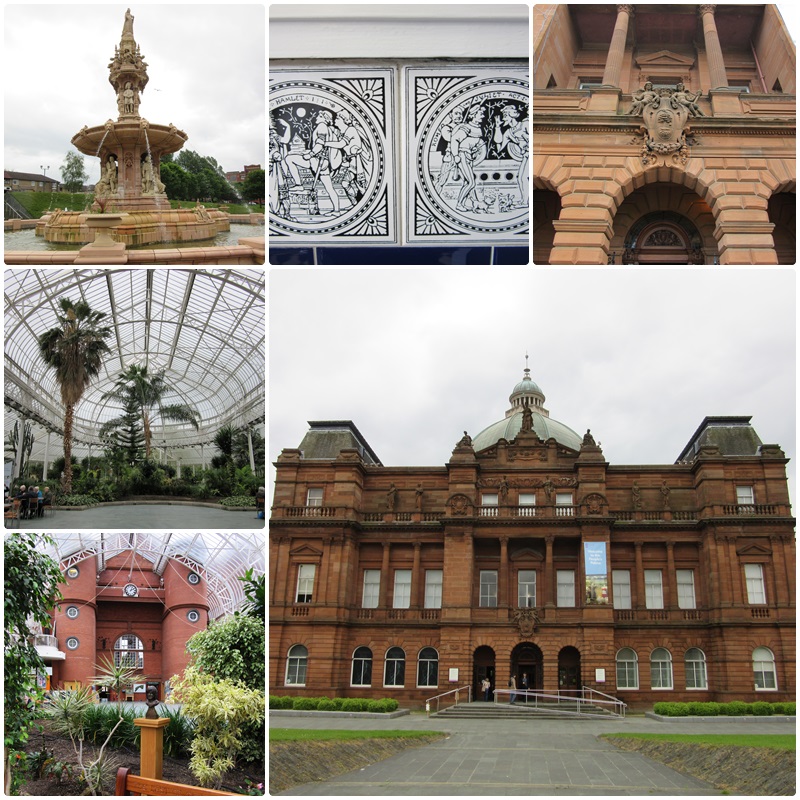
I continued on the double-decker sightseeing bus and exited at the People’s Palace and Winter Gardens, a museum and historic Victorian-era greenhouse that is located in Glasgow Green, a park in the east end of the city. Opened in 1898, this building was created to be a cultural centre in one of Glasgow’s most overcrowded areas. During the inauguration, Lord Rosebery declared in front of a crowd of 3500 people that this building would be “open to the people for ever and ever”. Outside the People’s Palace, the Doulton Fountain is the largest fountain ever constructed in ceramic.
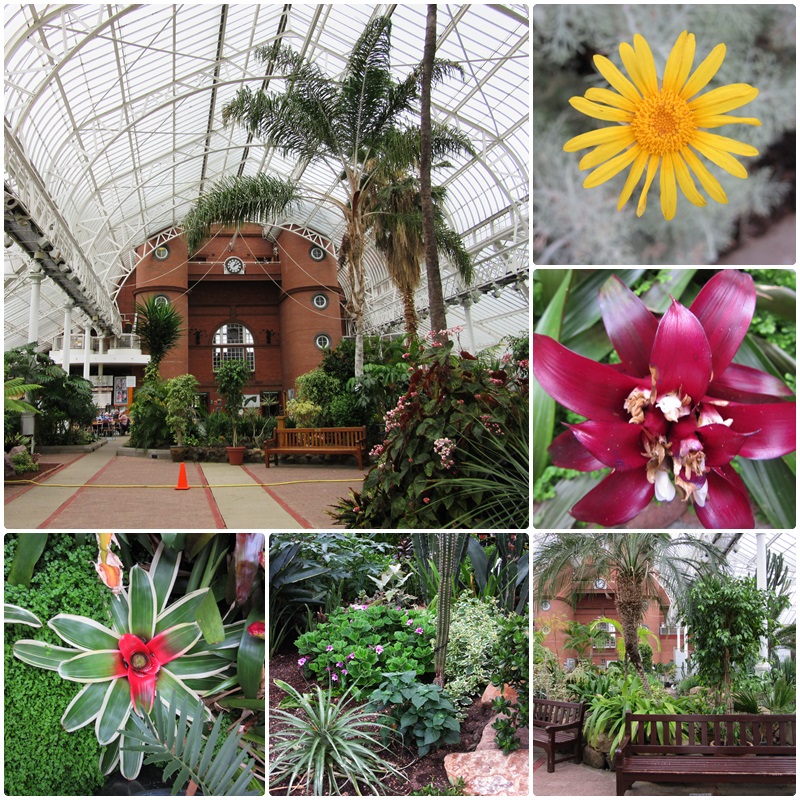
After walking through the main building I arrived in the Winter Gardens. The greenhouse of this Victorian-era museum houses exotic plants and palm trees, and a café entices visitors to sit down for coffee or lunch. Several benches are placed throughout the garden to provide a relaxing place to rest among the tropical greenery.
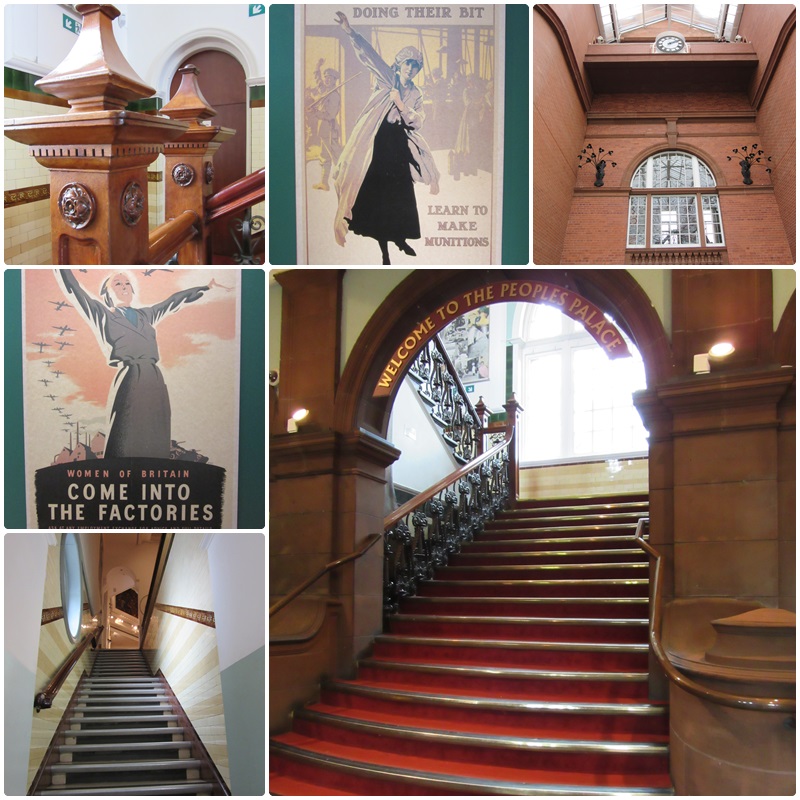
The People’s Palace in Glasgow is the city’s social history museum. The interior of this Victorian-era red sandstone building is rather striking with its sweeping staircases, carved wood and wrought iron details. During my visit in May 2014 the museum housed a special exhibition called “From Home Front to Frontline in WW1”, featuring sketches and watercolours by war artist Fred A. Farrell. Interesting past exhibitions included “Red Road: Past, Present, Future”, which focussed on high-rise living in Glasgow as exemplified by the Red Road Flats, a fixture that was part of Glasgow’s skyline that are now being demolished.
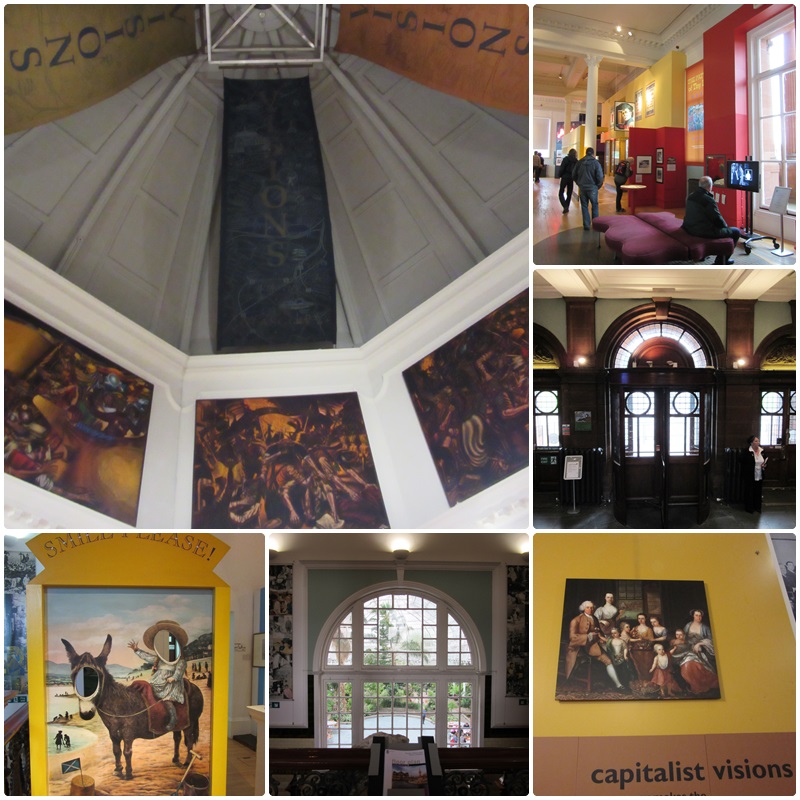
As the social history museum of Glasgow, the People’s Palace regularly changing exhibits shed light on the living conditions of the residents of Scotland’s largest city between 1750 and the end of the 20th century. In the 18th century, Glasgow was one of Britain’s main centres for the transatlantic trade with North America and the West Indies. Tobacco, cotton and sugar were the main import products, and more than half of the British tobacco trade was transacted in Glasgow. The city also became one of Britain’s most important hubs of the Industrial Revolution, being home to shipbuilding and marine engineering businesses as well as textile and chemical manufacturers and many other goods-producing industries. As one of the first European cities to reach a population of one million people, Glasgow experienced significant housing shortages and overcrowding. Exhibits at the People’s Palace shed a fascinating light on the living conditions of working-class people through paintings, photos, artefacts and personal stories.
